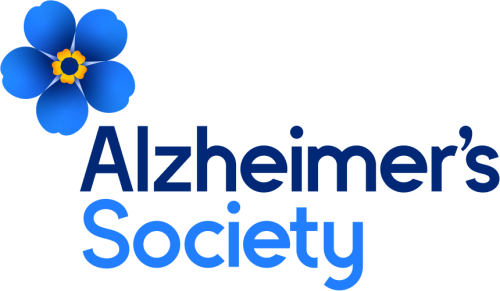BibTex format
@article{Rezvani:2021:10.1002/alz.052181,
author = {Rezvani, R and Kouchaki, S and Nilforooshan, R and Sharp, DJ and Barnaghi, P},
doi = {10.1002/alz.052181},
journal = {Alzheimers & Dementia},
pages = {e052181--e052181},
title = {Analysing behavioural changes in people with dementia using in-home monitoring technologies.},
url = {http://dx.doi.org/10.1002/alz.052181},
volume = {17 Suppl 11},
year = {2021}
}
RIS format (EndNote, RefMan)
TY - JOUR
AB - BACKGROUND: Behavioural changes and neuropsychiatric symptoms such as agitation are common in people with dementia. These symptoms impact the quality of life of people with dementia and can increase the stress on caregivers. This study aims to identify the likelihood of having agitation in people affected by dementia (i.e., patients and carers) using routinely collected data from in-home monitoring technologies. We have used a digital platform and analytical methods, developed in our previous study, to generate alerts when changes occur in the digital markers collected using in-home sensing technologies (i.e., vital signs, environmental and activity data). A care monitoring team use the platform and interact with participants and caregivers when an alert is generated. METHOD: We have used connected sensory devices to collect environmental markers, including Passive Infra-Red (PIR), smart power plugs for monitoring home appliance use, motion and door sensors. The environmental marker data have been aggregated within each hour and used to train an agitation risk analysis model. We have trained a model using data collected from 88 homes (∼6 months of data from each home). The proposed model has two components: a self-supervised transformation learning and an ensemble classification model for agitation likelihood. Ten different neural network encoders are learned to create pseudo-labels using the samples from the unlabelled data. We use these pseudo-labels to train a classification model with a convolutional block and a decision layer. The trained convolutional block is then used to learn a latent representation of the data for an ensemble classification block. RESULTS: Comparing with baseline models such as LSTM network, Bidirectional LSTM (BiLSTM) network, VGG, ResNet, Inception, Random Forest (RF), Support Vector Machine (SVM) and Gaussian Process (GP) classifiers, the proposed model performs better in sensitivity (recall) and area under the precision-recall curv
AU - Rezvani,R
AU - Kouchaki,S
AU - Nilforooshan,R
AU - Sharp,DJ
AU - Barnaghi,P
DO - 10.1002/alz.052181
EP - 052181
PY - 2021///
SN - 1552-5260
SP - 052181
TI - Analysing behavioural changes in people with dementia using in-home monitoring technologies.
T2 - Alzheimers & Dementia
UR - http://dx.doi.org/10.1002/alz.052181
UR - https://www.ncbi.nlm.nih.gov/pubmed/34971045
UR - https://alz-journals.onlinelibrary.wiley.com/doi/abs/10.1002/alz.052181
VL - 17 Suppl 11
ER -




